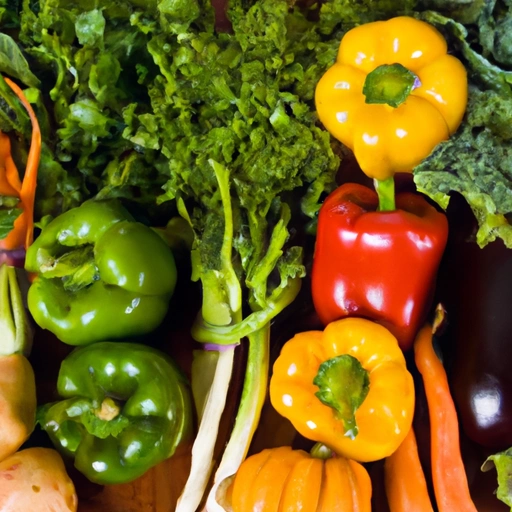Vegetables
Description

Vegetables are a vital component of the global culinary landscape, serving as the foundation for countless dishes across various cultures. Comprised of a wide range of edible plant parts, including leaves, roots, tubers, stems, and flowers, vegetables are cherished not only for their nutritional benefits but also for the flavor, color, and texture they bring to food. Their versatility makes them an indispensable ingredient in both traditional and modern recipes, adaptable to an array of cooking techniques and dietary preferences.
Common uses
Vegetables are commonly used in a myriad of dishes such as salads, soups, stews, curries, and stir-fries. They can be served raw, as in salads and crudité platters, or cooked in various ways, including boiling, steaming, roasting, grilling, and sautéing. Vegetables also play a key role in vegetarian and vegan diets as primary sources of nutrients and can be processed into alternative products like plant-based meats.
Nutritional value
Calories
Vegetables are generally low in calories, with amounts varying depending on the type. For example, 100 grams of broccoli contains approximately 34 calories (142 kJ), while the same amount of carrots has about 41 calories (172 kJ).
Protein
Protein content in vegetables can vary; leafy greens like spinach provide about 2.9 grams of protein per 100 grams, while legumes such as peas contain around 5 grams per 100 grams.
Fat
Most vegetables are very low in fat. For instance, 100 grams of cucumbers contain just 0.11 grams of fat, and bell peppers have about 0.17 grams per 100 grams.
Carbohydrates
The carbohydrate content in vegetables varies, with starchy vegetables like potatoes having about 17 grams per 100 grams, and non-starchy vegetables like lettuce containing around 2.9 grams per 100 grams.
Vitamins
Vegetables are rich in vitamins, including vitamin A found in carrots, vitamin C in bell peppers, and various B vitamins in leafy greens.
Minerals
Essential minerals such as potassium, magnesium, and iron are found in vegetables. Spinach, for example, is high in iron, and sweet potatoes are a good source of potassium.
Health benefits
Incorporating vegetables into one's diet can lead to numerous health benefits including a reduced risk of chronic diseases, improved digestion due to their fiber content, and better weight management because of their low-calorie density. Vegetables are also known for their antioxidant properties, which can contribute to overall health and longevity.
Potential risks
While vegetables are generally considered safe for consumption, there are potential risks such as contamination with pesticides or harmful bacteria. It's important to wash vegetables thoroughly. Some individuals may also have allergies or intolerances to specific vegetables.
Common recipes
Vegetables are featured in recipes like ratatouille, minestrone soup, vegetable stir-fry, roasted vegetable medley, and vegetable casseroles.
Cooking methods
Common methods of preparing vegetables include roasting at 400°F (about 204°C) for 20-30 minutes, steaming for 5-10 minutes, or grilling over medium heat for 10-15 minutes.
Pairing with other ingredients
Vegetables are often paired with herbs and spices like garlic, basil, thyme, and cumin to enhance their flavor. They also complement proteins such as chicken, beef, and tofu.
Summary
Vegetables are an essential element of global cuisine, valued for their nutritional benefits and culinary versatility. They can be incorporated into a wide array of dishes and are an integral part of a healthy diet. Their historical significance and the variety of ways in which they can be prepared and enjoyed make vegetables universally important ingredients in cooking.